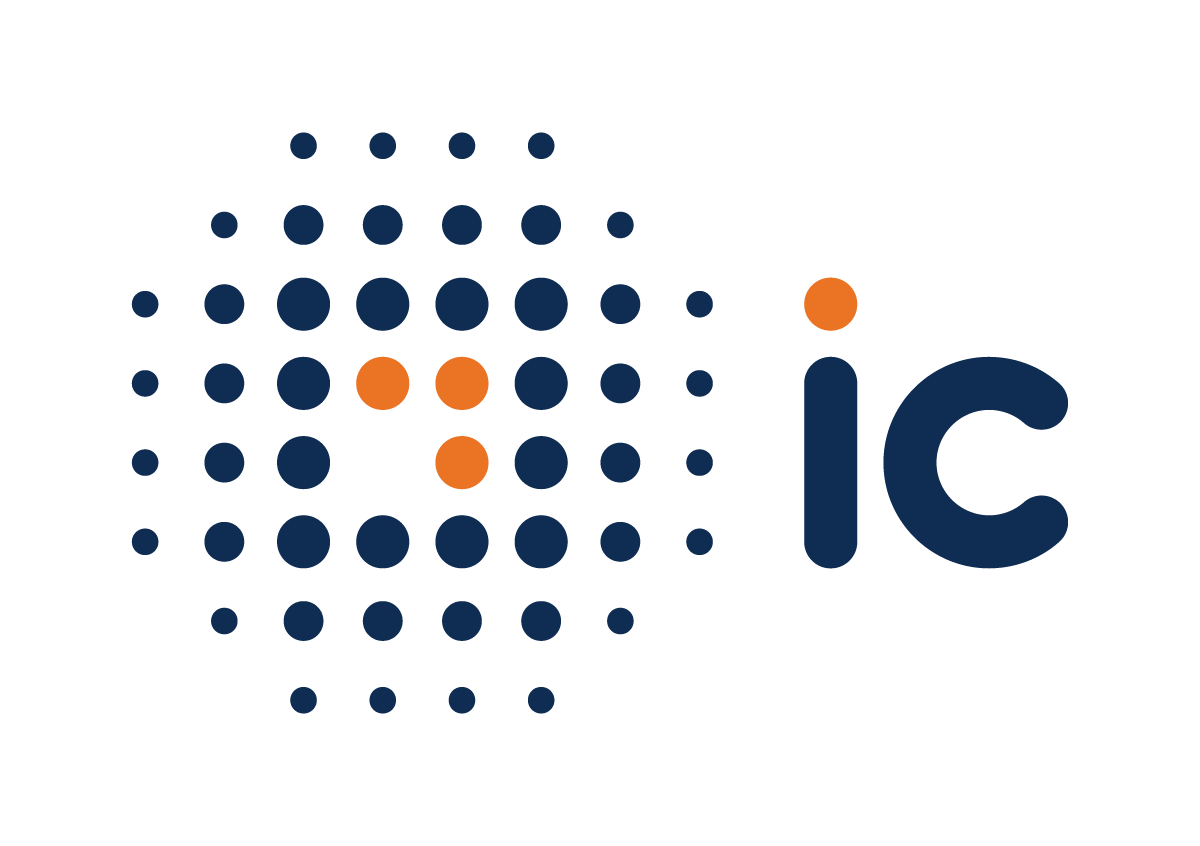Our Views
Kenya piggybacks on recent WAEMU issuances; expect higher premium on weaker rating
- Kenya’s return to the international market follows the successful issuances by Ivory Coast (IVYCST 7.625% 2033 and IVYCST 8.250% 2037) and Benin (BENIN 7.960% 2038). Ivory Coast and Benin papers were trading sub-10.0% levels across respective curves prior to launching their latest Eurobonds, benefiting from West Africa Economic Monetary Union (WAEMU) integration and CFA currency peg to the EUR, in our view. For the targeted KENINT 2024, the credit’s yields remained perched in double digit territory from mid-May 2022 until the announcement of the tender offer. The market action on KENINT 2024 yields essentially penciled in the par value plus accrued interest pricing in the tender offer that wades off downgrades by the rating agencies.
- Notwithstanding Kenya’s piggybacking on the recent WAEMU Eurobond issues, some animals are more equal than others. Ivory Coast and Benin are three and two notches higher, respectively, to Kenya on a like-for-like comparison across the three main rating agencies. We were positively surprised that BENIN 7.960% 2038 printed at a premium of 428bps to its benchmark whereas IVYCST 8.250% 2037 baked in 435bps premium, despite the latter’s better ratings. For Kenya, we expect a pricing with a premium of 500bps – 550bps, implying a pricing of 9.0% – 9.5% off the UST 5.375% 2031. Based on recent transactions, we expect initial pricing talk at 9.5% – 9.75%, before tightening to our estimated levels.
We see maximum tender value of USD 600.0mn on the Any-and all tender offer
- Notably, the preferred choice of the tender is an ‘any-and-all offers’ absent the dearth of targeted tender amount at the commencement of the offer. With the rule of thumb attached to any-and-all offers, seemingly GoK is potentially eyeing to buyback between 30.0% and 100.0% of the outstanding USD 2.0bn. This implies at the very least, USD 600.0mn buyback and double the USD 300.0mn guidance as announced by President Ruto during his State of the Nation Address in November 2023. We believe this aggressiveness reflects the re-access to the international markets by SSA issuers.
- We believe that GoK will opt for a maximum tender size of USD 600.0mn, effectively serving as the size of the new KENINT 2031. The experience with KENINT 2024 that had an outsized bullet maturity tips the apple cart away from a maximum tender size of USD 2.0bn, otherwise it kicks the can down the road but with three equal amortizations. In our view, we think the amortizations will start in February 2029 as 2029 currently has no scheduled Eurobond amortizations. With annual amortizations of USD 200.0mn, in our USD 600.0mn scenario, this translates Eurobond amortizations to USD 200.0mn, USD 600.0mn and USD 600.0mn in 2029, 2030 and 2031, respectively, with the last two years inclusive of the first and second amortizations of USD 1.2bn KENINT 8.000% 2032.
Buyback signals higher FX reserve accumulation The success of the liability management operation may open a window for a potential refinancing of the remainder of the USD 2.0bn KENINT 2024 in the run-up to its June maturity. The guidance by the authorities was that the USD 2.0bn KENINT 2024 maturity will be through drawdown of FX reserves that has been shored up by increased multilateral financing flows. The IMF is expected to disburse c. USD 1.12bn after completing the May 2024 seventh reviews and will follow the USD 941.5mn disbursement last month, all within this FY24. The Trade and Development Bank has syndicated approximately c. USD 400.0mn in the last two months while the World Bank is expected to disburse USD 1.5bn in its Development Policy Financing. With the liability management operation, this means that the IFI flows will shore up FX reserves and act as KES buffers. Depending on FY24 Supplementary Budget II Estimates that are expected to be tabled next month, this will also dictate the appetite of GoK to tap the domestic market to meet its financing needs.

